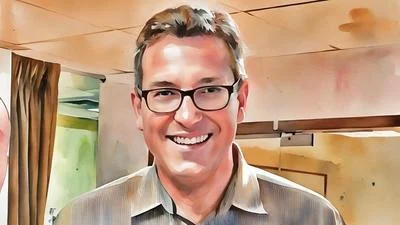WASHINGTON, DC - The Subcommittee on Digital Commerce and Consumer Protection, chaired by Rep. Bob Latta (R-OH), today held a hearing to examine some of the materials and fabrication methods that bolster many of the groundbreaking advancements made in various industries. Today’s discussion centered around the ways in which these materials are being used in industries like energy, telecommunications, and health care and the steps that need to be taken to ensure the U.S. remains at the forefront of research and development.
Chairman Latta emphasized some of the hurdles to the development and commercialization of advanced materials, saying, “The path to future applications, and investment in early stage development, can be uncertain given immediate capital investment requirements. However, on the other end of the equation is the potential for improved safety and long - term cost savings."
Discussing the benefits of a particular material, graphene, and its enormous potential, was Dr. James M. Tour, T.T. and W.F. Chao Professor of Chemistry, Professor of Computer Science, and Professor of Materials Science and NanoEngineering at Rice University. He testified, “At its size scale, graphene has many superlatives to its name including highest strength which is good for composites, highest mobility which means the high information transfer rate in electronic devices, the highest heat transfer rate which means that it is good at pulling excess heat of computers or machines, and the most efficient gas barriers, which means no molecules can pass through it."
The health care industry is just one market where advanced materials is helping to change the landscape and produce new possibilities for patients. Because of technology like 3D printing, companies like Organovo are designing human tissue models that can be used to repair organ function or replace damaged tissues. Keith Murphy, President and CEO of Organovo Holdings Inc., relayed just how these new advancements are disrupting the drug innovation process to create revolutionary therapies for patients. “…[G]iv[ing] researchers and regulators new tools and capabilities to make drug discovery safer, speedier, more likely to find breakthrough drugs in new areas, and less costly. Bioprinting also enables future implantable therapies to restore or cure failing organ function and address the long waiting lists for organ transplant."
The energy industry is yet another example where advanced materials are positively disrupting traditional infrastructure and construction markets. Offering a prime example of how this is happening within the nation’s electric grid, was witness Shane Weyant, President and CEO of Creative Pultrusions, Inc. He stated, “Electric grid systems that rely on FRP composite utility poles and cross arms find superior performance on every front-durability, strength, flexibility, service life and resistance to natural weather threats. Maintenance-free composites can revitalize and harden the electric grid, making it more reliable and resilient in the face of storms, reducing outages, and enabling faster service restoration after storms and other natural events."
Finally, a critical aspect of today’s hearing included the barriers for broader use of advanced composites. Adding to this discussion was Dr. Hota GangaRao, PhD, the Director of Constructed Facilities Center and Director of Center for Integration of Composites into Infrastructure at West Virginia University. Adding, “The most common barriers identified included training and education, codes and standards, composites durability and service life prediction, and testing. The US government can play a key role in breaking down these barriers by supporting efforts to evaluate in-service FRP composites, which would provide the data needed to evaluate durability and develop specifications."




